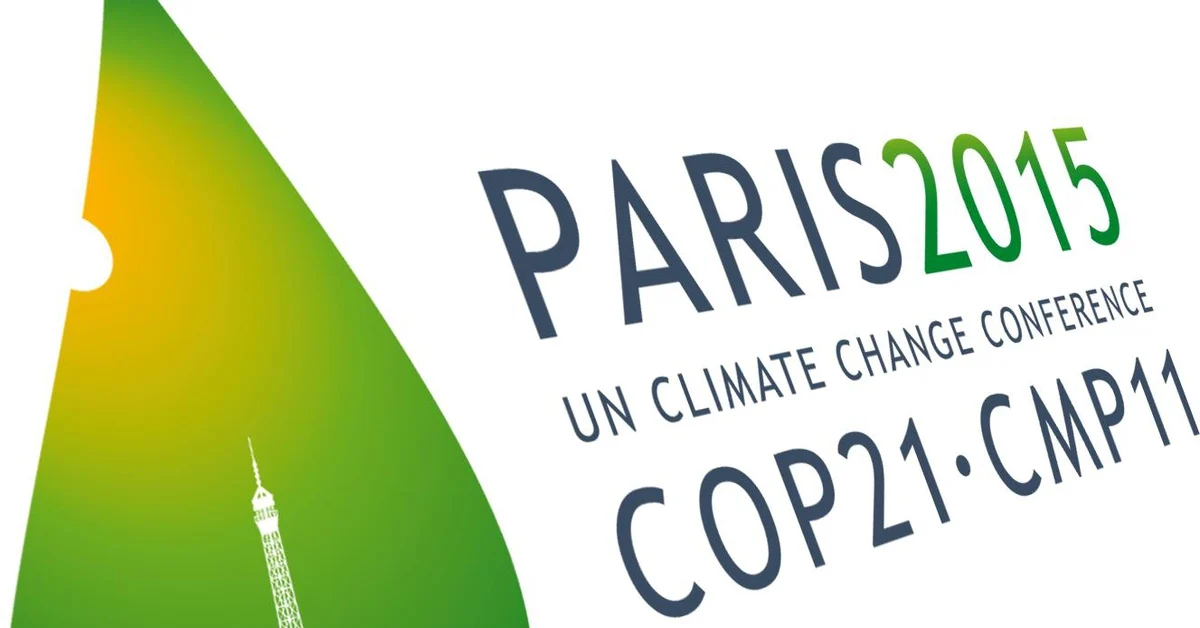Deforestation stands as a formidable adversary in the battle against climate change, demanding urgent and effective solutions. The REDD+ mechanism, designed to reduce emissions from deforestation and forest degradation, plays a pivotal role in achieving the ambitious goal of limiting global warming to 1.5°C. However, recent controversies surrounding the legitimacy of carbon credits from Verra’s forestry projects have reignited concerns about the quality of such initiatives. In this article, we will delve into the challenges posed by current forestry carbon credits, explore the merits of the UNFCCC REDD+ Mechanism, and advocate for the credibility of sovereign REDD+ carbon credits.
The Urgent Need for Genuine REDD+ Sovereign Carbon Credits
The imperative to counteract global deforestation has never been more critical in light of the urgent goal to limit global warming to 1.5°C. Deforestation not only amplifies carbon emissions but also hampers forests’ ability to serve as vital carbon sinks. In response to this pressing challenge, the REDD+ mechanism has emerged as an indispensable tool. However, recent controversies surrounding the effectiveness of carbon credits within the REDD+ framework have raised concerns. These controversies threaten to undermine the pivotal role that REDD+ plays in combatting deforestation and mitigating climate change, emphasizing the need for renewed attention and commitment to ensuring the credibility and efficacy of sovereign REDD+ carbon credits.
Challenges with Current Forestry Carbon Credits
Recent revelations, documented by The Guardian, have ignited a discourse questioning the atmospheric integrity of Verra’s forestry carbon credits, thereby casting a shadow over the efficacy of the broader REDD+ initiative. The spotlight falls on a substantial segment of Verra’s avoidance-based forestry projects, which, according to reports, have been labeled as atmospherically worthless. These findings reignite existing doubts regarding the legitimacy and impact of Verra’s initiatives within the REDD+ framework. This section delves into the specific challenges and controversies surrounding Verra’s forestry projects, exploring their potential repercussions on the credibility of carbon credits and the overall effectiveness of REDD+ in addressing deforestation and climate change.
UNFCCC REDD+ Mechanism
In stark contrast to the controversies enveloping Verra’s projects, the UNFCCC REDD+ Mechanism emerges as a stalwart and dependable solution. A culmination of over a decade of meticulous development, this mechanism exhibits the capability to yield genuine emissions reductions swiftly and at the requisite scale. This section delves into the foundational features that distinguish the UNFCCC REDD+ Mechanism, emphasizing its robustness and reliability in tackling deforestation. With its comprehensive approach and global consensus, this mechanism not only addresses the challenges associated with forest carbon credits but also ensures the integrity and effectiveness needed to make significant strides in reversing deforestation trends and combating the broader implications of climate change.
Avoidance vs. Reduction
A critical aspect of the current concerns revolves around the distinction between carbon avoidance and reduction. Avoidance-based projects, which constitute over 90% of Verra’s forestry credits, raise questions about their actual impact on emissions. This section will elucidate the difference between avoidance and reduction, emphasizing the importance of sequential reductions from historical emission levels.
The Legitimacy of UNFCCC REDD
The legitimacy of the UNFCCC REDD+ Mechanism is underscored by its global recognition and formal endorsement, solidified within Article 5 of the Paris Agreement. This pivotal section explores the historical evolution of REDD+, tracing its inclusion in international agreements as a cornerstone in the collective effort to combat deforestation and climate change. The commitment of 192 nations to this framework was prominently reaffirmed during COP27 in Egypt. This reaffirmation not only highlights the enduring significance of REDD+ but also emphasizes the unwavering global consensus on the crucial role that this mechanism plays in fostering sustainable forest management, reducing emissions, and contributing to the broader goals of environmental preservation outlined in international accords such as the Paris Agreement.
UNFCCC REDD+ MRV System
The Monitoring, Reporting, and Verification (MRV) system of the UNFCCC REDD+ Mechanism stands as a gold standard in ensuring transparency and rigor. This section will explore the comprehensive review process, including independent assessments, reference levels, and the meticulous verification process that sets the UNFCCC REDD+ apart.
Sovereign REDD+ Carbon Standard
In response to the concerns raised about the credibility of carbon credits, the UNFCCC REDD+ sovereign carbon standard emerges as a trustworthy solution. This section will outline the benefits of choosing sovereign REDD+ credits, including support for sovereign action, compliance with the Paris Agreement, and assurance of real emission reductions.The controversies surrounding Verra’s forestry projects should not overshadow the success and credibility of the UNFCCC REDD+ Mechanism. By opting for sovereign REDD+ carbon credits, buyers can actively contribute to slowing, stopping, and reversing deforestation while ensuring full compliance with the Paris Agreement. It is imperative to recognize the importance of genuine emissions reductions and removals in the fight against climate change, and the UNFCCC REDD+ Mechanism provides a robust framework to achieve these goals

